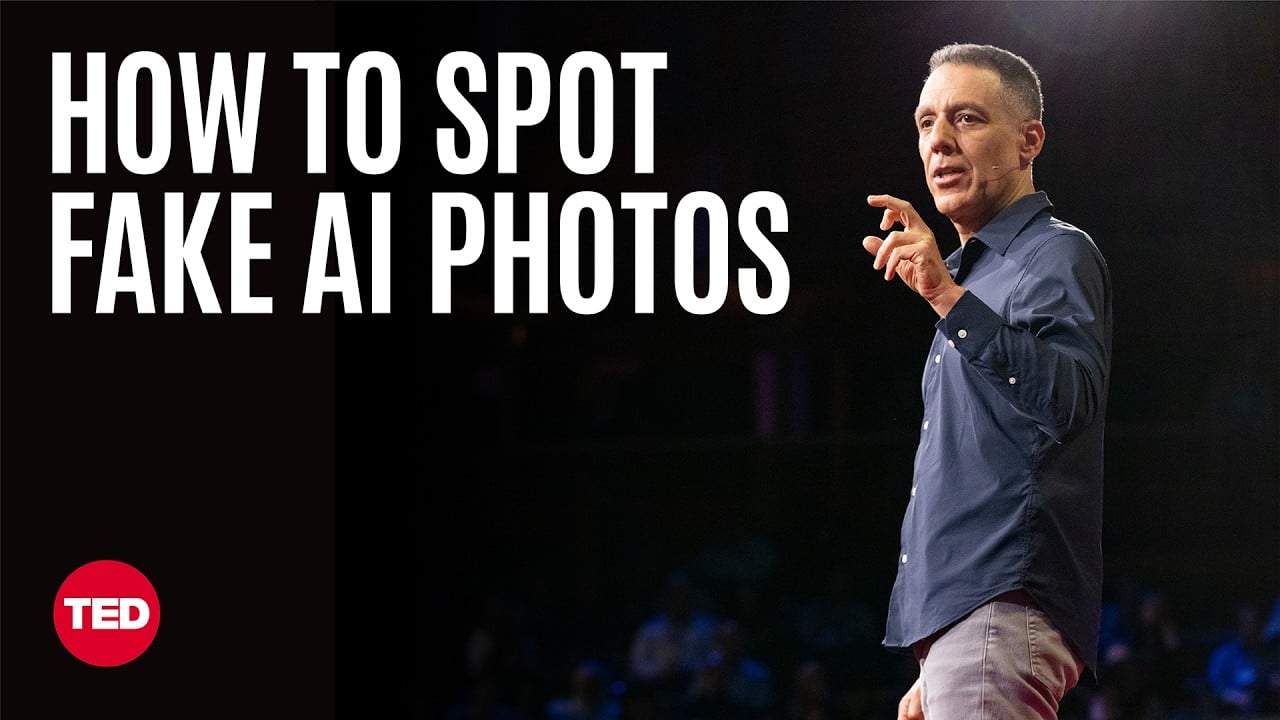
Newsletter Subscribe
Enter your email address below and subscribe to our newsletter

You’re scrollingScrolling is what you do when you move up or down on a screen to see more of a webpage, email, or do... More through your news feed when you see a photo that stops you cold.
A well-known politician doing something outrageous.
A celebrity caught in a scandal.
A dramatic rescue.
A suspicious “health breakthrough.”
You squint. “Is that real?”
The answer these days? Maybe. Maybe not.
In a TED Talk that’s both eye-opening and just the right amount of terrifying, digital forensics expert Hany Farid walks us through what he calls a global war for truth. That’s not just dramatic language. He shows exactly how easy it is for anyone—with the right AIArtificial Intelligence (AI) is basically when computers get smart—really smart. Imagine if your c... More tools and a few keystrokes—to create fake photos and videos that look 100% real.
We’re not talking about obvious fakes with wonky eyeballs or six fingers. These are the kinds of images that could fool your best friend, your local news anchor… or you.
The talk opens with a fictional—but plausible—scenario: a military officer receives a chilling photo of four soldiers being held hostage. But there’s no time to verify whether the image is real. What do you do?
That’s where Farid and his team come in. They’re the folks who analyze pixels, shadows, and even the physics of vanishing points to figure out what’s real and what’s not. Yes, it’s as geeky as it sounds—and absolutely fascinating. It turns out AI is really good at faking how things look… but not so great at understanding how the real world works. (Think: shadows that don’t line up, walls that defy physics, and lighting that makes no sense.)
The talk doesn’t just cover the tech. It hits on the larger issue: how fast misinformation can spread, especially when social mediaSocial media refers to online platforms and websites that enable users to create, share, and interac... More platforms prioritize outrage and speed over truth. Sound familiar?
By the end, you’ll walk away with more than just a few jaw-dropping examples—you’ll also get a better sense of how to think twice before trusting that next viral photo.
Farid’s message is clear: we’re not powerless. We can push back. But it starts with learning how to see through the fog.